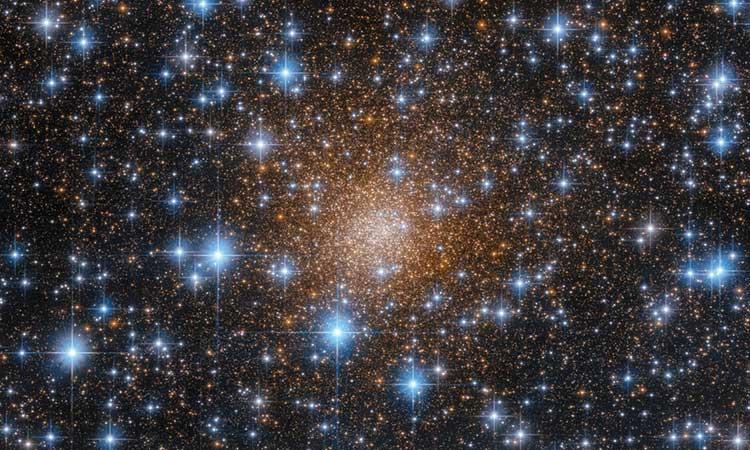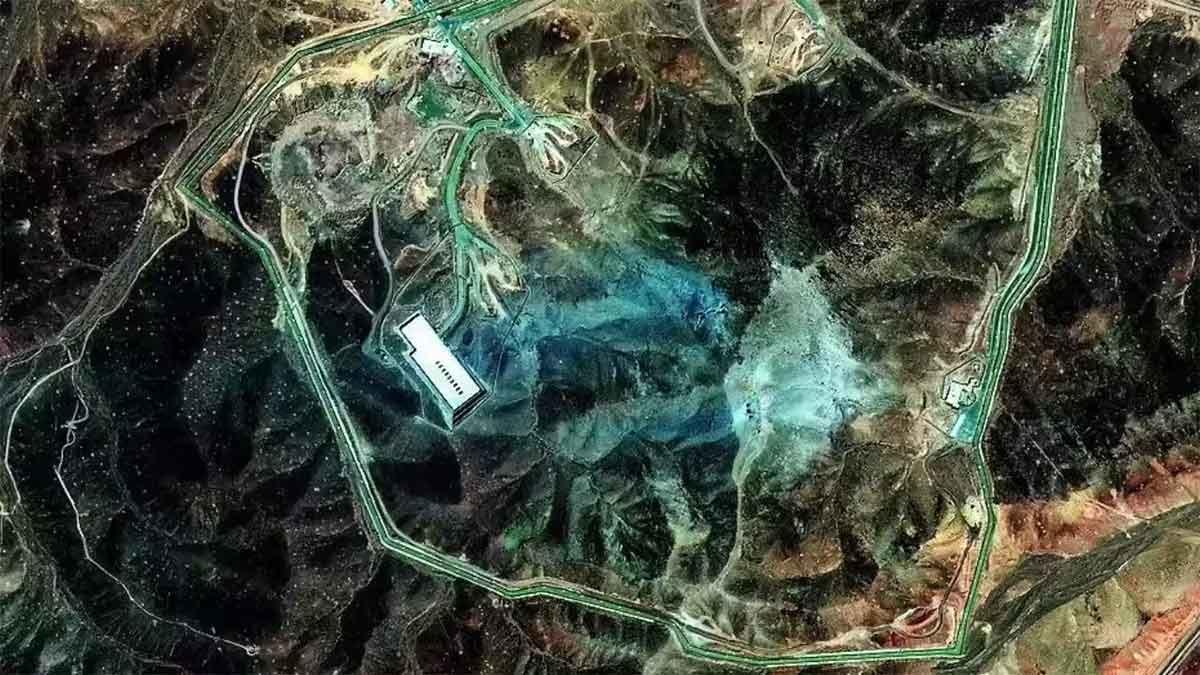On Monday, NASA shared Diwali greetings on social media with a captivating celestial image taken by the Hubble Space Telescope. The image features a globular cluster situated 30,000 light-years away from Earth, described by the US space agency as a "celestial festival of lights."
Globular clusters are defined as stable, densely packed groups of tens of thousands to millions of stars, commonly associated with various types of galaxies.
This particular image serves as a cosmic representation of the festival of lights, aligning with the spirit of Diwali, and showcases the awe-inspiring beauty of celestial formations within our vast universe.
"Happy #Diwali to all those who celebrate," NASA wrote in a post on X (formerly Twitter).
"NASAHubble captured a celestial festival of lights -- a globular cluster -- 30,000 light-years away from Earth, near the dense and dusty center of our own Milky Way galaxy," it added.
NASA stated that the cluster contains stars ranging from 12 billion years old to about 2 billion years old.
"This globular cluster is unlike others, containing both old and young stars," the agency posted on Instagram.
"Some of the older stars are almost as old as the universe itself, around 12 billion years old, while the younger stars are around 1-2 billion years old," it added.
Hubble Space Telescope is a collaborative effort between NASA (National Aeronautics and Space Administration) and the European Space Agency (ESA).
(With Agency Inputs)
ALSO READ | NASA's OSIRIS-REx set to return to Earth on Sep 24 with 1st-ever asteroid samples
ALSO READ | No sufficient evidence for ‘extraterrestrial source’ for UAPs: NASA


















